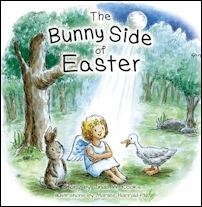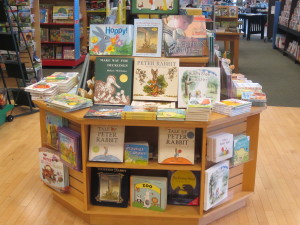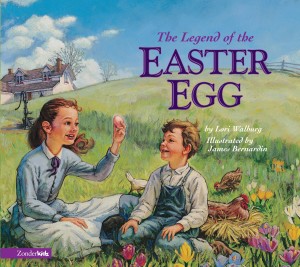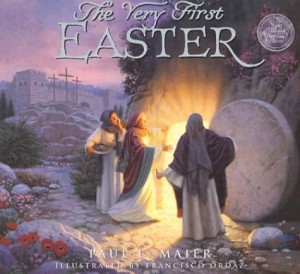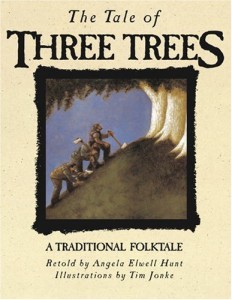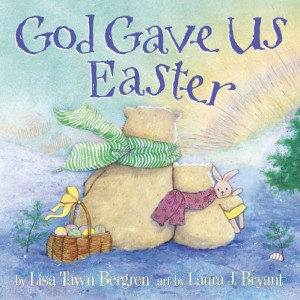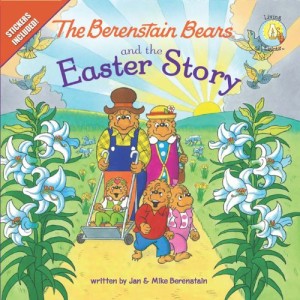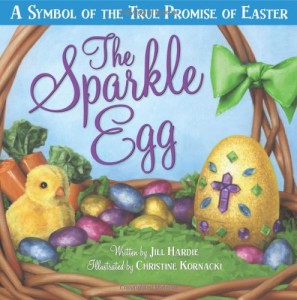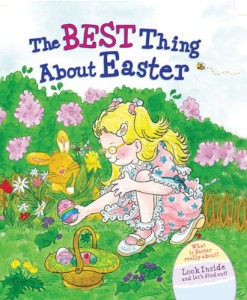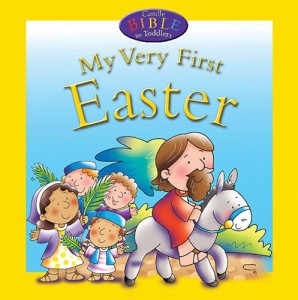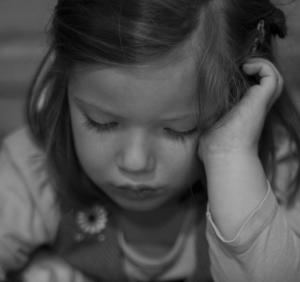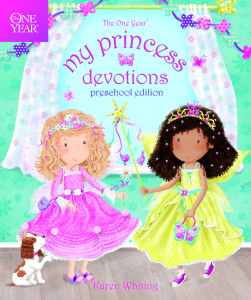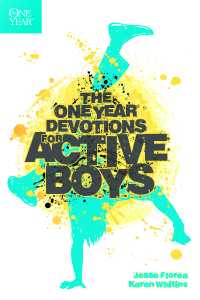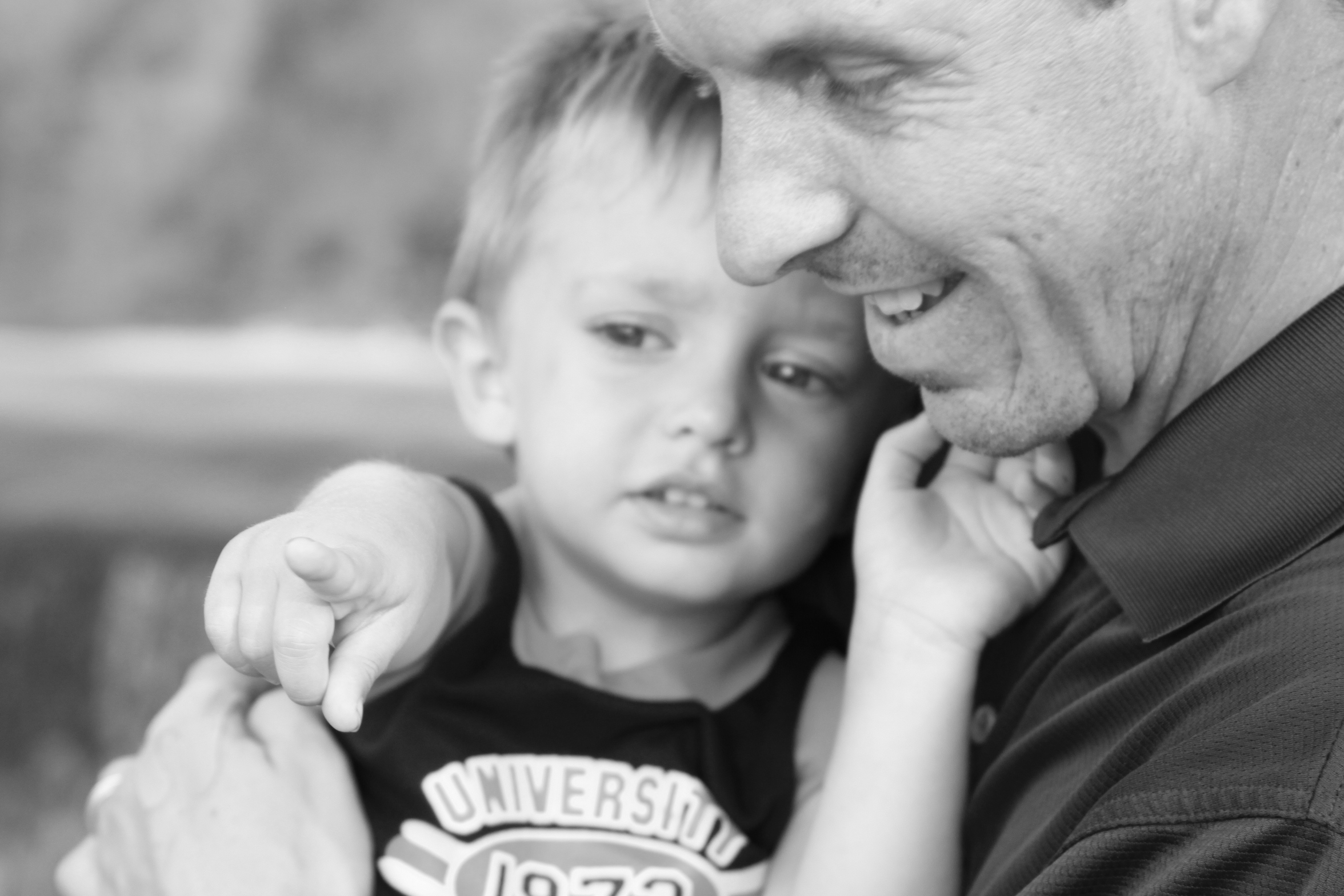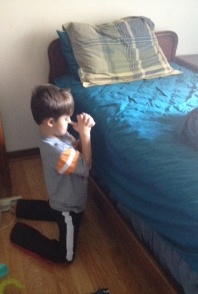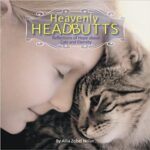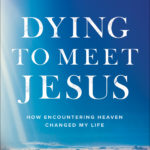As Christians, we celebrate the wonder of Easter and the amazing love that Jesus poured out on the cross for us, but as parents we struggle with how to explain Easter to our children. We’d like our kids to know that Easter is about Jesus. We want to help them appreciate the significance of what Jesus did for them on the cross.
But how do we do it?
Christmas—our other Christian holiday—is easy. It’s the time Jesus was born as a baby. Children understand that. But Easter? How do we explain the significance of Jesus’ death on the cross and His resurrection so a child can understand it? Even children’s books for Easter often fail to fully connect at a child’s level of understanding.
Meanwhile, our children and grandchildren look forward to Easter because of the Easter bunny, Easter egg hunts, and getting lots of candy. So what’s a parent to do? How do we focus our kid’s attention on what Jesus did on the cross instead of the capers of the Easter bunny and the goodies he brings?
Well, what if we didn’t have to choose? What if instead of trying to brush the Easter bunny aside, we could make use of the Easter bunny to actually point our little ones to Jesus?
My new Easter picture book for children, The Bunny Side of Easter, is an exciting adventure about an ordinary rabbit that is willing to sacrifice his life for a little angel when a tiger threatens her life on the first Easter eve. It’s a winsome story about prayer, God’s omnipresence, His great love for us and what Jesus did for us at Easter. It’s the story of how a little bunny became a hero and the Easter bunny. And, by using bits of allegory, it points children to the biggest hero of all – Jesus, who gave His life so we could live forever.
Leave a comment at the end for the chance to win a free book
In a society that is so challenging to children, one of my goals in writing this book is to inspire children to become loving heroes of faith themselves who can rise above the circumstances and become little heroes who will choose the right path when times are tough. On my website, parents can find a number of tools to help their child better understand what Jesus did for them on the cross and even lead their child to accept Jesus as savior.
Children love stories. They connect with the characters, fear for them in dangerous circumstances, and cheer for them when they are rescued. By using the Easter bunny in a story of sacrifice that points them to Jesus, my hope is that we can lead children into a deeper and more heartfelt understanding of Easter and what Jesus did for them on the cross. The Bunny Side of Easter is about heroes—becoming one and recognizing the greatest One of all.
Frequently Asked Questions About
The Bunny Side of Easter
When talking to others about my new book, The Bunny Side of Easter, certain questions tend to arise. The following are my answers to some of those questions.
What is the story about?
The story begins on Easter eve when three animals—a mischievous rabbit, a plucky duck and a playful monkey are lost in the forest and must face a fearsome tiger. A little angel is kind to them, but her doubts about God’s omnipresence put her in danger when a fearsome tiger emerges on the scene. The question then becomes: can the three animals save themselves and the little angel who was kind to them? Will the angel discover the truth about her power? The bunny comes to the rescue to save her even though it may mean sacrificing his own life to do so. His act of heroism makes him the Easter bunny. The Bunny Side of Easter is a tale of fears faced, friendships gained, and faith discovered.
You say there is a rabbit in the moon. Is this true? Is there really a rabbit in the moon?
Yes, if you look carefully at a full moon, you can see a rabbit’s image in the shadows. His body is on the left side and his ears are at the top.
While we in America talk about the man in the moon, countries in Eastern cultures have for centuries talked about the rabbit in the moon. In fact, the moon rabbit has been a popular subject of folklore in Eastern countries like Japan, China, India and several others for hundreds of years. Storytellers created legends to explain how the rabbit got up there.
When American children look for the rabbit and see it for the first time, they get really excited. It’s a fun picture right up in the sky that most of us didn’t even know was there. (You can see more about the rabbit in the moon here.)
What age is the book intended for?
The target ages are from 5 to 8. But children as young as 4 and as old as 9 have enjoyed the book as well. I’ve even read the book to a couple of three-year-olds. One three-year-old sat all the way through it very attentively, but for another little boy, I had to quickly summarize what was happening on each page so he could turn it to see the action on the next page. When I finished, however, he turned the book back to the beginning and said, “Again.”
The illustrations are captivating so even when the words are a little too many, the pictures draw them in.
Children in the target age range enjoy reading the book over and over . . . even when it’s not Easter. Since children are now learning to read at an earlier age, they can read it by themselves too.
What do you hope children will get out of reading The Bunny Side of Easter?
First of all, I hope they will be so thoroughly delighted with the story and characters that they will want to read the book again and again.
But more significantly, I hope children will—first of all—grasp the power of prayer and realize that God is always present with them and loves them very much.
And—secondly and most importantly—I want children to appreciate the awesomeness of what the bunny did in his willingness to sacrifice himself to save the angel and how that is similar to what Jesus did for us on the cross at Easter when He died so we might live forever. I think children become even more captivated with the bunny’s sacrificial act because the story shows his struggle with the enormity of the decision.
Finally, just as the Easter bunny is a hero in the story, I want children to see the allegorical significance in that Jesus is the most amazing hero of all.
Who did the illustrations?
Marilee Harrold Pilz is the illustrator, and she did a wonderful job of capturing my vision for the book. As soon as I saw samples of her art, I fell in love with her style. My dream was for the artwork to have a Winnie-the-Pooh kind of look. Marilee paints with watercolor, and when I saw her work, it was exactly what I wanted—a perfect match for my own style of writing.
Why should a parent or grandparent give The Bunny Side of Easter to their child for Easter?
On Easter morning, as parents and grandparents watch their children scurry about the yard looking for Easter eggs, many feel a disconnect between the legend of the Easter bunny and what their children will be taught in Sunday school a couple of hours later. As parents, we struggle with how to explain Easter to our children anyway, let alone mixing it up with the whole Easter bunny business.
The Bunny Side of Easter fills this gap, taking children on an exciting and charming adventure with hints of allegory that points children to the true significance of Easter. Through the charm and appeal of story, The Bunny Side of Easter brings the complexities of Easter to life for a child at his own level by combining bits of allegory and the character of the Easter bunny to introduce the concept of Jesus as our hero.
Children love heroes and when you can use this story to show them how Jesus was a hero, they see what Jesus did in a wonderful new way they can relate to.
The wife of the senior pastor of a large church in Central Florida with 20,000 worshippers said it best when she told me “I read the book to our four-year-old grandson, Luke, last night and he absolutely was enthralled with the story! Such a beautiful job of capturing the heart of what it means to sacrifice for others; a tough concept for all of us, but especially for children. The book led us to a great talk about Jesus’ sacrifice making Him the greatest hero of all.” (Becky Hunter, wife of Joel C. Hunter of Northland, a Church Distributed.)
What is your ultimate goal for this book?
My ultimate goal is for children to come to an understanding of what Jesus did for them on the cross and then to want to ask Jesus into their lives as savior. My website has a discussion guide called “Let’s Talk,” which can help a parent or grandparent use the book for a deeper discussion with their child about what Jesus did on the cross. There are additional tools also that can actually walk children through to receiving Jesus as their personal savior.
Where Can I Buy The Bunny Side of Easter?
The book is available at Barnes & Noble, Amazon, and many other stores. People can also purchase an autographed copy on my website and receive a free puppet for each book purchased.
Find out more about The Bunny Side of Easter
Discuss this book with your child
Find out more about the rabbit in the moon
Read “What Does the Moon Have to do with Easter” on Woman to Woman Mentoring
